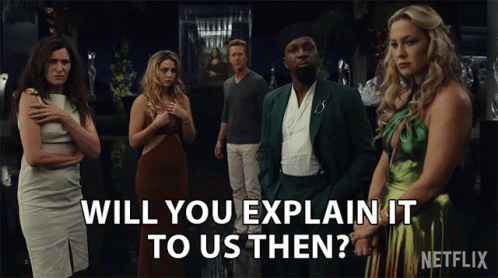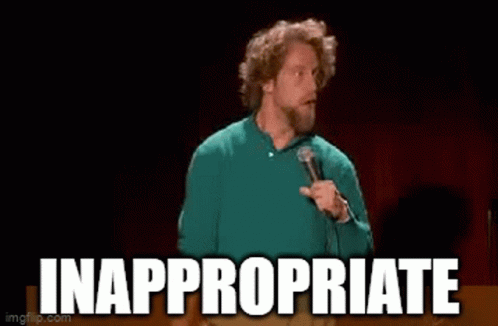Folks, as per usual, I know that you probably have some questions after having seen the title, and they’re totally normal, on several levels. That’s what I’m here, by my own free choice, to do. To explain some stuff, and hopefully answer your questions. To that end, then, a quick note about language:

In some of the American and international disability community, “Crip” is a reclaimed term, often used to affectionately or self-deprecatingly refer to others including oneself in relation to one’s disability. For me, it’s a way of reclaiming power, and although it makes others uncomfortable, I find it funny. I’m happy to have conversations with those inside my community, and even educate those outside, but while your feelings are valid, it’s not personally your place to be offended.
This applies to other minority communities, and their use of language as they see fit as well. I only really feel comfortable with my family or other disabled people using it in and affectionate and playful way, as that is what it feels like to have it used within that context, for me. I understand it for others it may carry different and much more upsetting connotations. Language evolves, and I think it’s important to center the voices of those that language most powerfully effects, and while I’m not advocating for censorship, I am advocating for empathy and sensitivity for all parties. Not only does the reclamation of this term have its roots in the disability rights movement of the 60s, which will talk about more some other time, it also impacts the way that we as citizens and human beings interact with each other.
Disability scholar Kirstin Marie Bone argues that the term and crip studies, a subset of queer theory in general creates a divide within the community, harming more than helps, and within academia help to privilege those who are visibly disabled, and who are privileged in other ways, i.e., white and male, straight etc. such as myself, for example. It is worth noting, however, that many influential scholars within crip studies, are black and / or queer and have often been ignored..She writes about this particularly in relation to those in academia. She also charts the history of the term, way more thoroughly than I have here.
Although I am speaking more about individual usage, rather than in the context of praxis, I am sensitive to this criticism, and I’m continuing to evolve. Also, in relation to these evolving ideas, there are several things to keep in mind. One, the community or communities is not a monolith,as Sami Schalk argues that this can actually help to generate conversations around the intersections of race, queerness, and disability.
There’s a lot to think about there, and I might simply change my mind.
There remains a long-standing debate within disability communities as to whether person first or disability first language is preferable. For example, person first language means that I will refer to myself as a person with a disability, rather than a disabled person, which some which some feel diminishes the societal impact and importance of existing as disabled continues to have. It’s also what I was raised to say by my parents, so that ingrained habit has an impact. The fact that person first language has, at points been a “main stream”, piece of language has been offensive to some, as they feel it is a form of respectability politics, intended to make able-bodied people feel more comfortable, or that it softens the impact of having a disability societal week, and so it is an important active resistance to center it.
Personally, in theory, I tend to prefer person first language out of the feeling that it centers the person, but I also have to agree the person first language can be used to soften things too much, and so use both interchangeably. This could be a whole blog post in and of itself. Terms that are almost universally hated include, “differently abled”, as very few in the community tend to actually use it, and it feels as if it was generated by committee by well-meaning white progressives who wanted to make themselves feel less uncomfortable, and to be more equitable.

This is so much the case that the Paralympics has put it on a list of terms not to use recently, and on top of that 99.999% of disabled people I know never use the term. Handicapped is also generally out of fashion, except to refer to a handicapped parking space, as that’s what the sign says, because identifies begging and the origin comes from hand to camp which has a myriad of offensive implications. All this context is at least somewhat necessary to talk about the 504 sit in, #CripTheVote, the ADA, and “crip time”, media representation, comedy universal design,, etc. which I hope to talk about in future weeks, as well as the medical versus social models, and perhaps personal faith, and the capacity contract.
Put simply, folks, be conscious about your language and how you use it, because words mean things, and how you say things matters. It is important.

